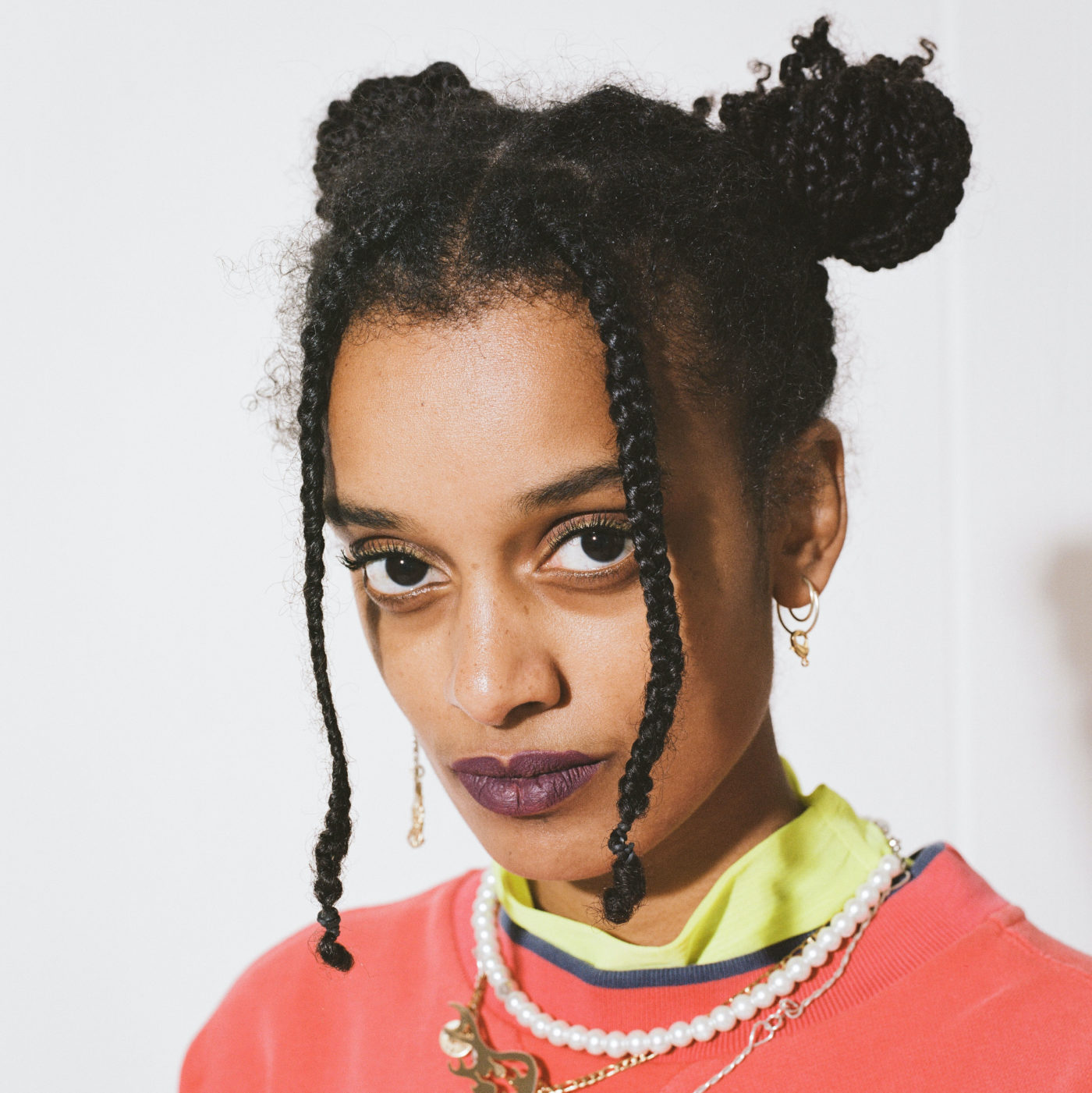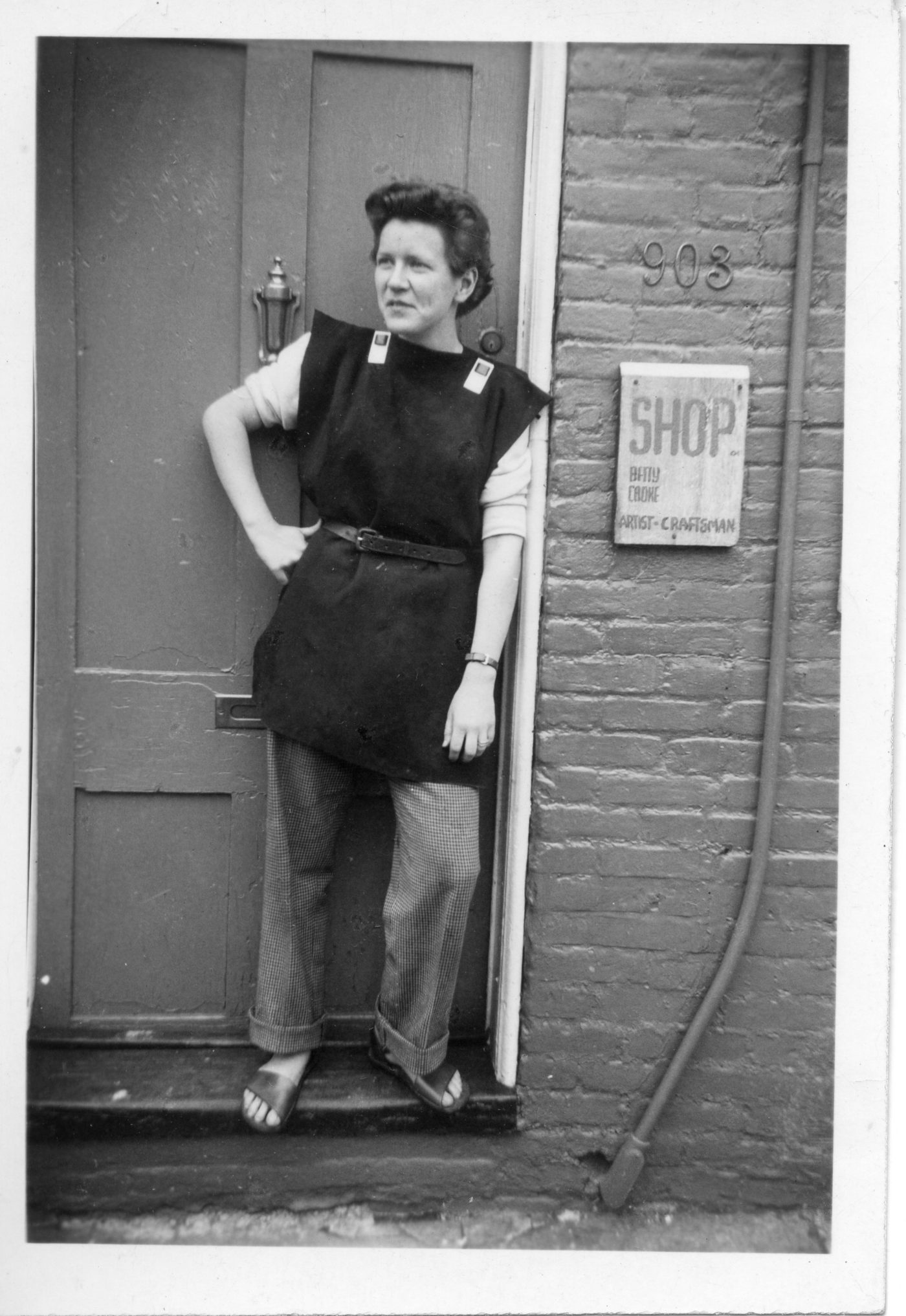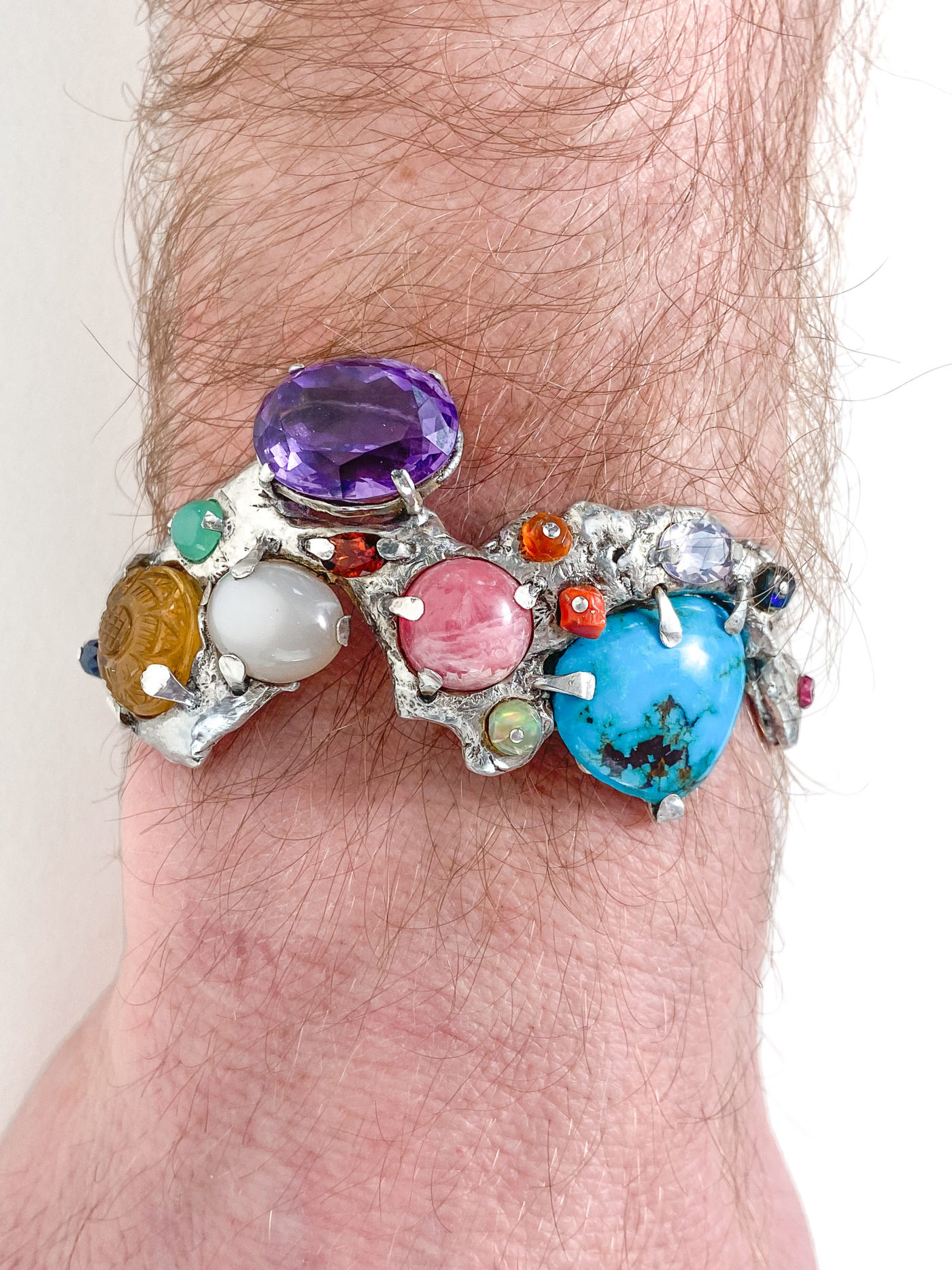We hope you’re enjoying our favorite week of the year, NYC Jewelry Week! Here on Future Heirloom, we’re celebrating by bringing you special behind-the-scenes content on some of our favorite programs, events, and exhibitions every day this week. Check in each day for a new feature on the happenings at NYC Jewelry Week.
We’re wrapping up our week-long NYC Jewelry Week content with a special feature to celebrate this year’s HERE WE ARE x 1stDibs Marketplace. Featuring incredible fine jewelry, budget-friendly fashion jewelry, and innovative contemporary work, there is truly something for everyone: it’s a perfect place to snag your favorite piece in time for the holidays.
Learn more about the theme for this year’s HERE WE ARE x 1stDibs Marketplace:
“As a champion of extraordinary design and a company dedicated to promoting diversity and inclusion, we at 1stDibs are thrilled to partner with NYC JW for a second year to amplify the work of diverse creators in the HERE WE ARE incubator.
In the last year and a half, COVID-19 presented a fresh set of challenges for creating and producing new work – circumstances which disproportionately impacted underrepresented makers. We chose the theme of resilience to underscore the myriad hurdles that BIPOC makers faced in producing their latest designs. With the theme of resilience, we hope to start a conversation on finding inspiration in difficult times and spotlighting the “Power of Jewelry” – the core concept that NYC Jewelry Week celebrates this year.”
Nancy Hood, Chief Marketing Officer at 1stDibs
“The pandemic presented unique challenges last year for creating and producing designs. Creators have the opportunity to discuss resilience designing under unprecedented/difficult circumstances as well as staying inspired. Addressing resilience in a space where BIPOC creators are still underrepresented. With Here We Are, they are given a platform to be amplified. NYCJW’s concept this year is the Power of Jewelry and this concept would compliment that sentiment.”
JB Jones, Co-Founder of NYC Jewelry Week on the HERE WE ARE x 1stDibs Marketplace
To give you a special look at the making of the HERE WE ARE x 1stDibs Marketplace, we invited select new and returning participants of the HERE WE ARE x 1stDibs Marketplace to introduce us to their brands and tell us about what this opportunity means to them.
Meet them below:
Sumer Sayan of Harlin Jones:

Harlin Jones was founded by Australian designer, Sumer Sayan. Sumer started his international jewelry internship in Istanbul, Turkey in 1998. There, under the guidance of master jewelers, he was taught the fundamentals of handcrafting jewelry, which in Turkey, are passed down over generations. Over the next 12 months, he worked and studied as a bench jeweler, working with precious metals and gemstones.
After completing his internship in Istanbul, Sumer returned to Sydney where he started a four-year jewelry design apprenticeship. It was during this time that his love and passion for design was born.
Five years into his working career as a fully qualified bench jeweler, Sumer’s itch to create lead him to design and making small collections for himself. Receiving high praise and admiration for the uniqueness, originality, and quality craftsmanship of these pieces, Sumer, at the request of friends started creating pieces for others. The creation of these pieces, along with his travels and personal interests as inspiration helped Sumer in shaping and constantly evolving a style of his own.
The creative freedom and satisfaction experienced making these pieces for friends led Sumer to start his own label, Harlin Jones in 2014. In 2019 an opportunity to move to New York presented itself to Sumer. Sumer made the decision to seize the opportunity and move himself and Harlin Jones there, an easy one. Since then, Sumer has run Harlin Jones from New York, constantly working and evolving, pushing his ideas and creativity, constantly moving Harlin Jones forward.


“Being a part of the HERE WE ARE x 1stDibs Marketplace is extremely helpful and exciting for someone like myself. To be showcased by NYCJW as a part of the HERE WE ARE initiative gives it that extra bit of excitement and credibility as an up-and-coming designer trying to find its place in the industry.”
Sumer Sayan, Harlin Jones
Dominique Reneé:

Born and raised in Connecticut, but now based in LA, I grew up in an environment where creativity and individuality were strongly encouraged. At a young age I discovered that I had a love for music and art, and that I wanted to create. After high school I decided to go to college for Graphic Design, but soon after concluded that my heart wasn’t in it. My dreams of being a designer were stifled only by the feeling that I might not have what it took. When my nails started to turn heads everywhere I went, I realized it was time to go for it. What did I have to lose? I started designing my own nails because I couldn’t find salons that were able to do what I wanted done. It is not exactly how I thought I would get started, I just kind of fell into it, but I am passionate about it. Nails, for me, had become my most important accessory when putting an outfit together. We ALL know how important accessories are. With that in mind I decided to acquire my certification in Nail Technology, and to develop my own line of hand painted nails. After premiering my first couple nail collections, I expanded my line to offer other handmade accessories.
Although I have chosen a career in design, music still plays a huge part in my life. I carefully curate a playlist for each collection that helps to set the mood, and to communicate my feelings and the message behind each piece.
Dominique Reneé is a sassy exploration of life, love and loss; that is produced from a playlist of emotions.


“Being accepted into the HERE WE ARE initiative and participating in the HERE WE ARE x 1stDibs Marketplace has been such a great experience for me! As someone whose story and work is anything but traditional, I can’t even put into words what it means to be recognized in this way.
Selling my pieces via the HERE WE ARE x 1stDibs Marketplace was so cool! I was a bit apprehensive going into it because I wasn’t sure what the average 1stDibs consumer was like, but when all was said and done, I got my jewelry in front of a brand new audience and I ended up being the top seller!”
Dominique Reneé
Aalia Mujtaba of Metaalia Jewelry:

Aalia Mujtaba is the sole designer and metalsmith behind Metaalia Jewelry. She lives and works in Clarkston, GA, where she shares her life and love of art with her husband and son. Aalia is on the board of the Metal Arts Guild of Georgia, is a member of Society of North American Goldsmiths and the American Craft Council. She has taught metalsmithing at Callanwolde Fine Arts Center in Atlanta for 13 years. Metaalia Jewelry hopes to grow enough to one day relieve her husband from his job.


“The HERE WE ARE x 1stDibs Marketplace gave my work exposure to a new and discerning audience. Customer interaction facilitated by NYCJW and 1stDibs made the virtual selling experience more human. Among many things, the HERE WE ARE x 1stDibs Marketplace experience taught me the importance of clear and striking photography in communicating my brand to an online buyer. NYCJW provided great resources to heighten my marketing skills to meet the quality of my work.”
Aalia Mujtaba, Metaalia Jewelry
To explore the HERE WE ARE x 1stDibs Marketplace in full, click here.
Quotes courtesy of Nancy Hood and the 1stDibs PR team; and JB Jones of NYC Jewelry Week. Images, bios, and testimonials courtesy of Sumer Sayan, Dominique Reneé, and Aalia Mujtaba. Feature edited and compiled by Future Heirloom Editor Jackie Andrews.












































































































